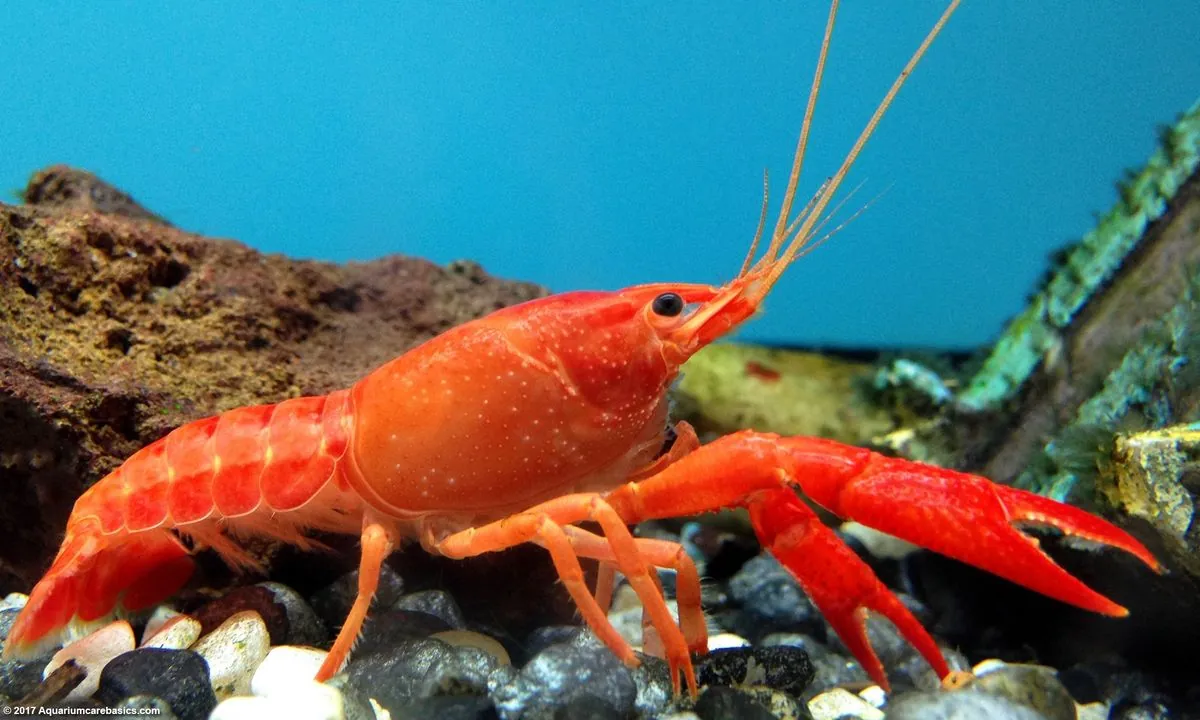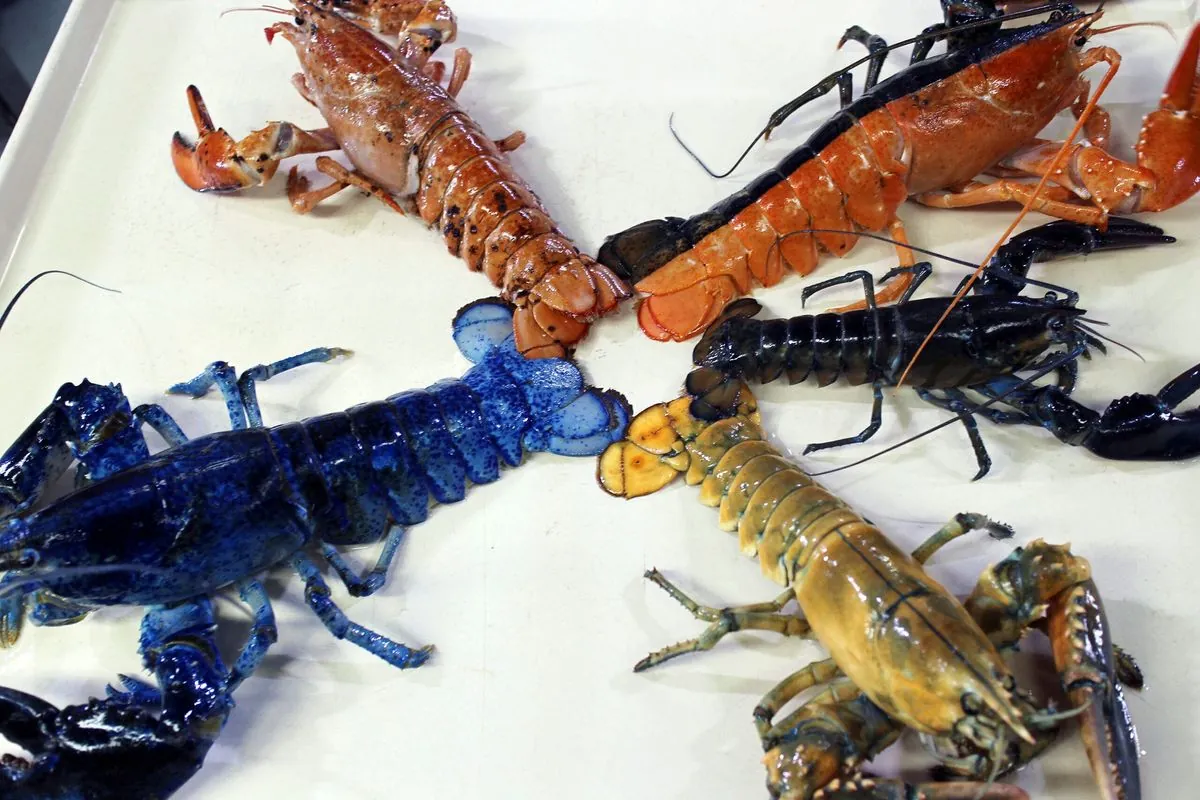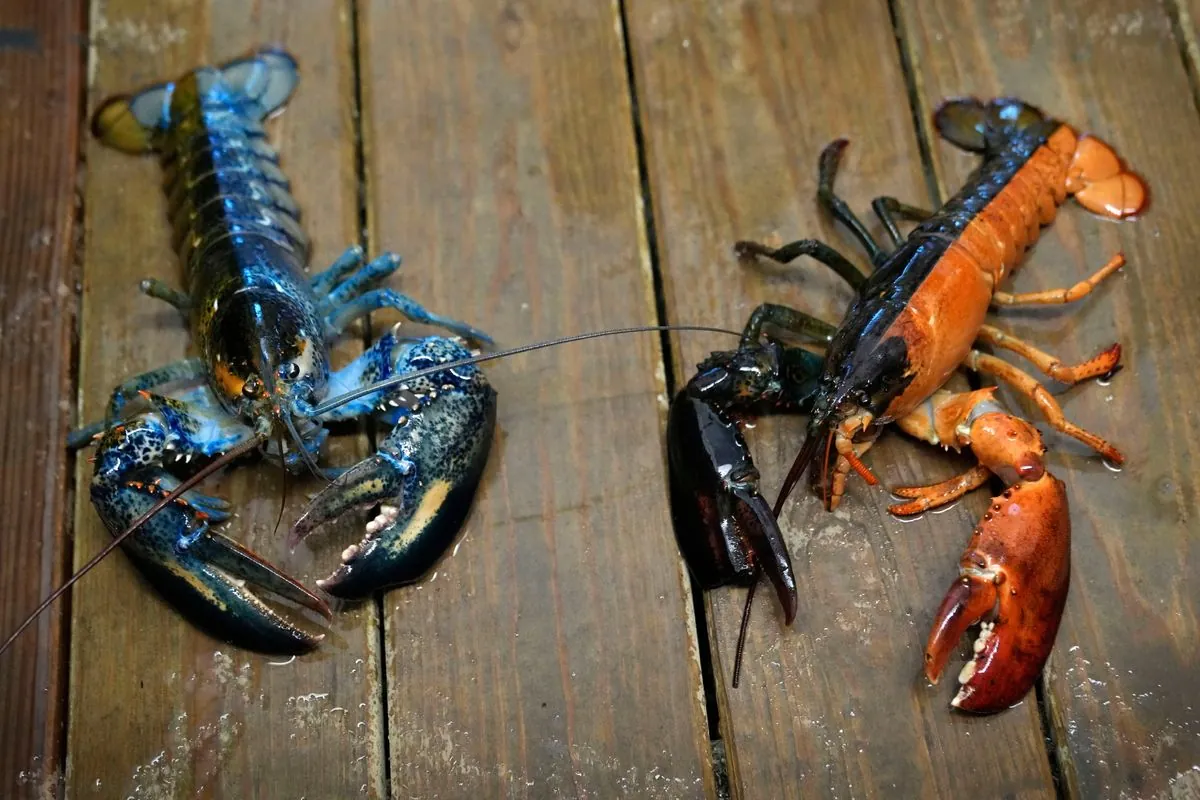Unusual Lobster Colors Spark Scientific Inquiry and Public Fascination
Recent sightings of uniquely colored lobsters have scientists questioning their true rarity. Researchers are delving into the genetics behind these colorful crustaceans, while the fishing industry continues to yield surprising specimens.

The recent surge in sightings of unusually colored lobsters has captivated public attention and prompted scientific inquiry into the true rarity of these colorful crustaceans. From orange and blue to calico and two-toned, these eye-catching specimens have been appearing in fishing traps, supermarket tanks, and research facilities across the United States.
Andrew Goode, lead administrative scientist for the American Lobster Settlement Index at the University of Maine, emphasizes the complexity of lobster coloration. He notes that both genetic and dietary factors can influence a lobster's hue, cautioning against accepting widely circulated rarity estimates at face value. The absence of a definitive source on lobster color abnormalities further complicates the issue.

Lobsters, which have existed for over 100 million years, typically display a mottled brown appearance in their natural habitat. After cooking, they transform into the familiar orange-red color associated with seafood dishes. Goode explains that color abnormalities in lobsters often result from genetic mutations affecting shell pigment-binding proteins.
Markus Frederich, a marine sciences professor at the University of New England, is spearheading efforts to unravel the mysteries of lobster coloration. His research involves developing non-invasive methods to extract genetic samples from these fascinating creatures. Frederich's work includes documenting the offspring of an orange lobster named Peaches, revealing intriguing patterns of color inheritance.
"Lobsters are those iconic animals here in Maine, and I find them beautiful. Especially when you see those rare ones, which are just looking spectacular. And then the scientist in me simply says I want to know how that works. What's the mechanism?"
The lobster's unique biology contributes to its allure. These decapod crustaceans can live up to 50 years in the wild, possess blue blood due to hemocyanin, and have the ability to regenerate lost limbs. Their brain, interestingly, is located in their throat, and they communicate through chemical signals in their urine.
Recent notable sightings include an orange lobster discovered in a Long Island, New York, supermarket in August 2024, and another found in a Colorado restaurant shipment in July 2024. These occurrences, while seemingly rare, may be a natural consequence of the sheer volume of lobsters caught annually.
Richard Wahle, a retired University of Maine lobster researcher, points out that the U.S. lobster fishery has consistently yielded over 90 million pounds annually since 2009. This massive scale increases the likelihood of encountering unusually colored specimens, even if they occur at frequencies as low as one in a million.
The lobster industry, once considered a source of food for the less affluent, has become a significant contributor to Maine's economy. As these colorful crustaceans continue to surface, they not only captivate the public but also provide valuable opportunities for scientific research into genetic diversity and marine biology.

As research progresses, scientists like Frederich and Goode continue to unravel the complexities of lobster genetics and coloration. Their work not only sheds light on these fascinating creatures but also contributes to our understanding of marine ecosystems and genetic variation in nature.


































